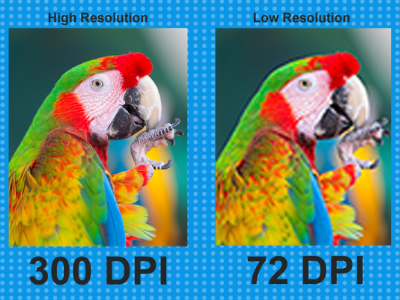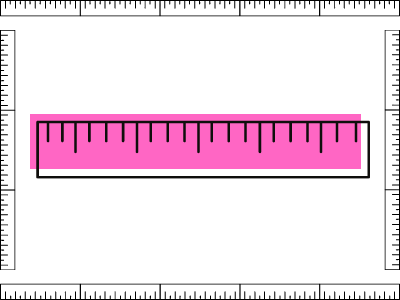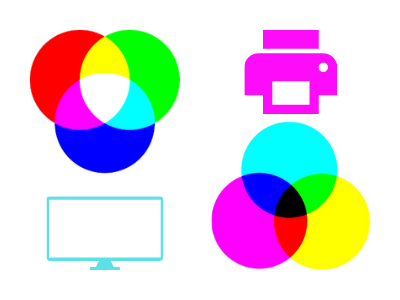What is a Brand Guide?
A brand guide contains a set of tools, standards and rules on how to use your branding elements like your logo, colours and typography. It covers a company’s brand identity. The brand guide is used by designers, writers, marketers, and anyone else using your brand elements or representing the brand through any type of communication.
The Importance of Brand Guides
Brand guides are important to ensure everyone associated with the brand – internal employees, partners, and affiliates – are on the same page in terms of understanding your brand identity, your brand assets and the appropriate use of them. Brand guides are a useful resource during on-boarding, re-branding and starting a new company all together. The brand guide helps smooth these processes as they help break down the brand and how it can be communicated to current and prospective customers within your target audience. Having a set of rules and standards enables you to communicate a consistent brand identity across all mediums. Here are some key reasons to have a set of brand guidelines for your business.
Key Reasons to Have a Set of Brand Guidelines

- Consistency – Consistency is important in making your brand recognizable and reliable across all marketing platforms. This includes your website, social media, and any and all print material including business cards, packaging and more.
- Setting Standards and Rules – Brand guides consist of rules on how to use your brand assets such as your brand logo, typography and colour. Having these rules and standards makes it easy for all members of your team to create consistent materials across all platforms which helps with brand cohesiveness. A brand guide puts rules in place not to limit creativity, but to keep your brand identity consistent and recognizable.
- Recognition – Keeping your brand consistent across all platforms allows it to be more immediately recognizable by your target audience within seconds.
- Provides Tools – Brand guides provide you, your team and anyone else sending out a message on behalf of the brand, the tools to maintain your brand’s cultivated image.
- Avoids Confusing – Having these rules and guidelines in place eliminates any guesswork when it comes to your brand. When onboarding new employees, having a brand guide helps diminish any confusion that may be present when they are first learning about the brand and how to execute the brand image.
- Image – Building a brand image takes time but only minutes to be shattered. Having a brand guide will help with maintaining the quality and integrity of your brand image.
- Cohesive Message – When all the brand elements follow a brand guide, the message disseminated by your brand seems more cohesive. In order to have graphics, text copy, photography, and a website that are aligned collaboratively to send out the same message, a brand guide is needed.
Brand Guide Contents
The components of a brand guide are not standard across the industry so you can personalize them to your needs. Brand guides typically contain two overarching sections: your brand identity and your brand assets and the appropriate use of them. Within brand identity you may have your mission, core values, personality, tone, and any other key aspects of your brand identity. Your brand assets include your logo, colour palette, typeface, spacing, background and so on.
Colour Palette
Your colour palette consists of the colours that make up your brand. These colours can be present in your logo and designs. Some brands have primary colours and secondary colours as well. Brand guides should include RGB and CMYK colour codes, so the colours stay consistent across web and print.
Typography
Brand guides include typefaces and families as well as font sizes and the hierarchy of the fonts used by your brand. There could also be rules in place that dictate when it is appropriate to use non-branded fonts and how to do so.
Logo Design
Rules surrounding your logo and how it is able to be used are included in a brand guide. This can include size restrictions, which colours to use and when, as well as how your logo should be displayed on different backgrounds. You may have different variations or orientations of the logo that need rules and standards in place so you know which version to use and when. It can be beneficial to show how the logos should NOT be used. The logo being stretched incorrectly and on difficult-to-read backgrounds are examples of what not to do.
Imagery
Imagery can include the style of photographs, word marks, or icons used by your company on your collateral. Your brands imagery could also pertain to how photos are edited. Your brand should consider if your photos should have high or low-contrast, be warm or cool, or other editing variables that are of importance to your brand.
Brand Tone
Brand tone refers to the words your company chooses to show your brand’s values and personality. The tone of voice describes how your brand communicates with your audience and thus influences how people perceive your messaging.
Brand Value
Your brand values are your guiding principles. These principles are what guides how your company communicates to its audience, how you make decisions about the brand, and every other aspect of your business.
Brand Personality
If your brand was a person, what would your brand look like? Determining this will help you determine your brand tone, how your marketing materials are designed, what your text copy sounds like to your audience, what your brand imagery looks and feels like and so much more; all of these make up your brand personality. Brand personality is a set of human characteristics that are attributed to a brand name. A strong brand personality is something to which the consumer can relate. The brand personality even has similar characteristics to your target persona.
Mission Statement
A mission statement is a formal summary of the aims and values of a company. Your business’s mission statement is also compass for your brand guide. A mission statement ensures every piece of content you create for your brand is working toward the same goal.
Your brand guide can contain any other categories that are of importance to your brand. On the other hand, your brand guide also does not need to include all of the above categories. Some brand guides are short and sweet, while others can be 100 pages long. Make a brand guide that feels right to you,
Brand Guide Examples
There are millions of brand guides floating around the internet but we figured we should give you some here. You can check out the brand guides for Skype, Barre & Soul, Jamie Oliver FRV, Herban Kitchen, Love to Ride, I Love New York, Scrimshaw Coffee, Wolf Circus Jewelry, Alienware, Carrefour, Shazam, and Urban Outfitters.
This post is the first in a series about Brand Guides! Stay tuned for future instalments. Be sure to take a look at our blog post about formatting your document as a PDF and our one about setting up your document bleed settings.
Blog Post Requests
If you have any questions regarding all things printing and design, please fill out this form to suggest a topic to be discussed in a blog post.
Thursday, March 11, 2021 in Best Practices, Blog, Brand Guide
Share: Twitter, Facebook



